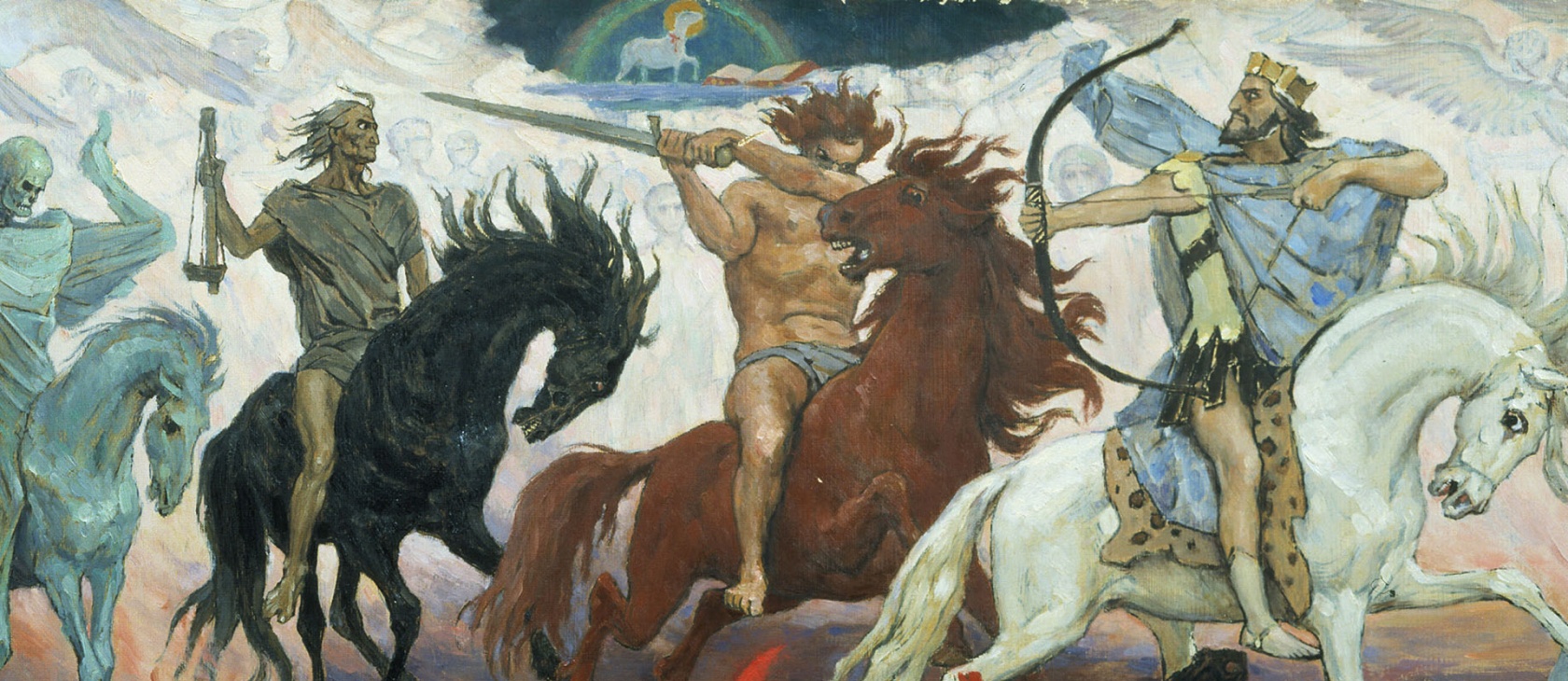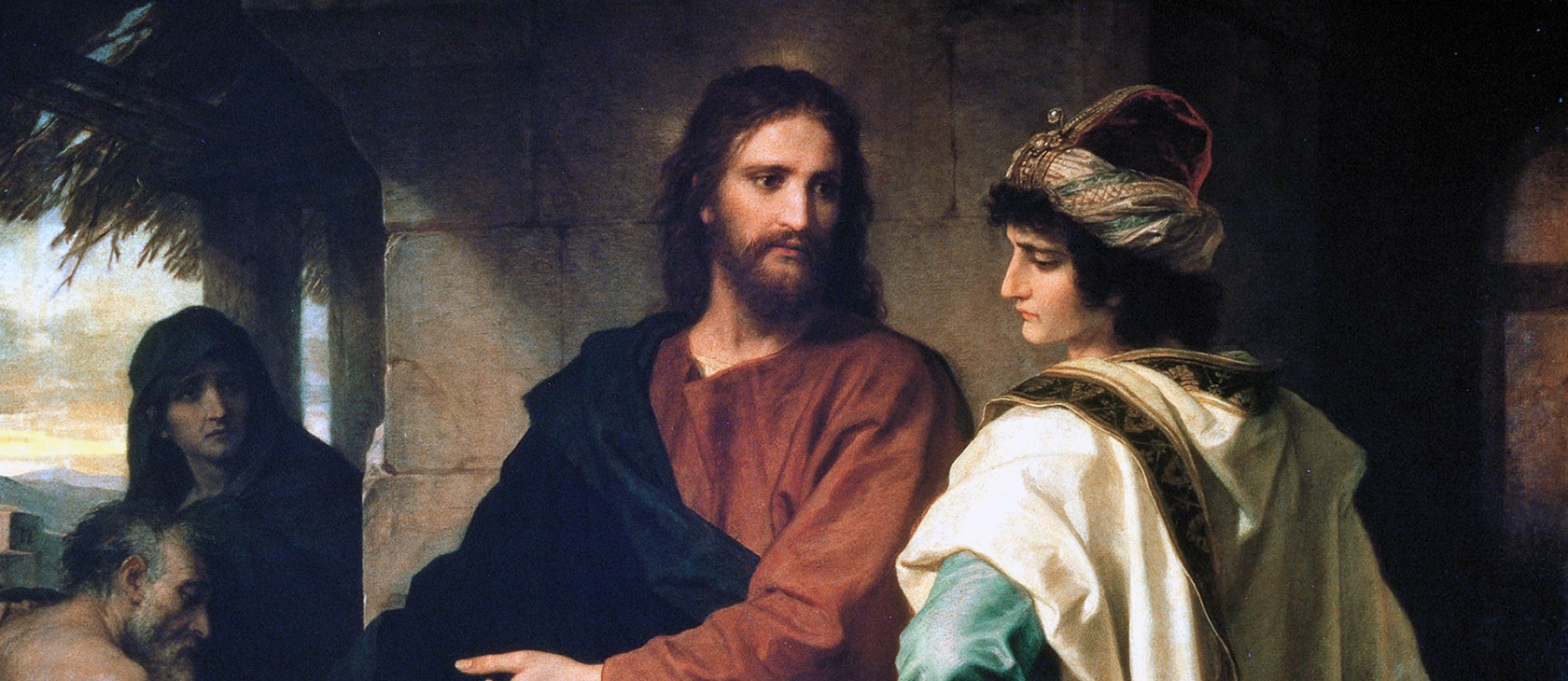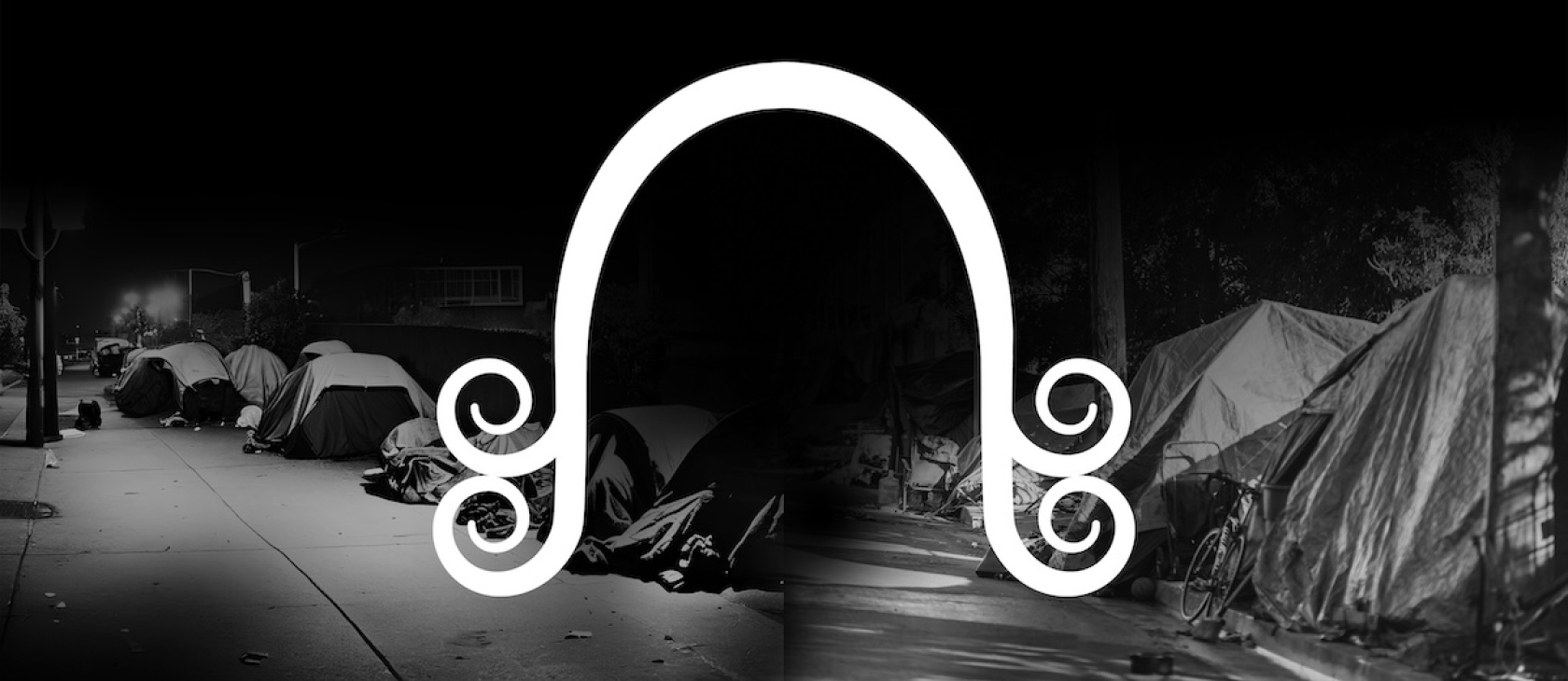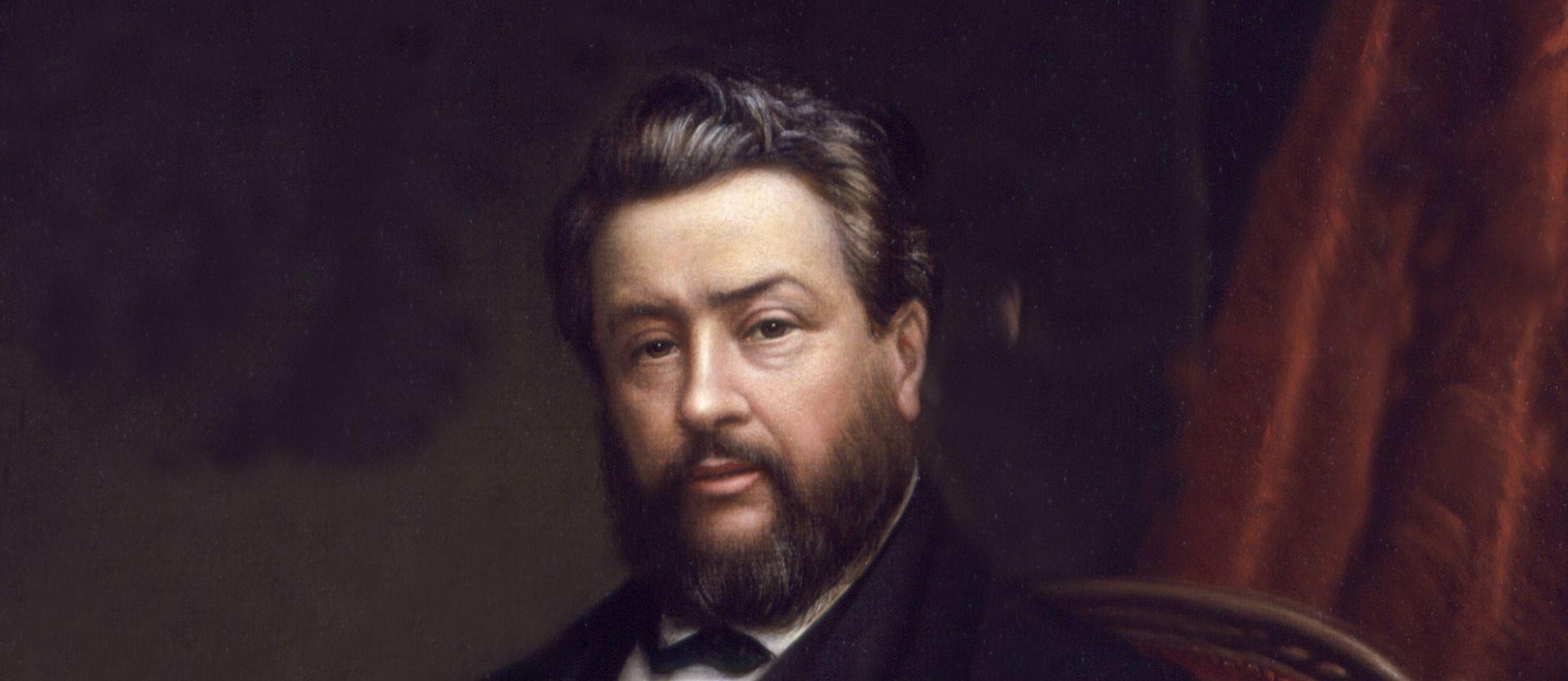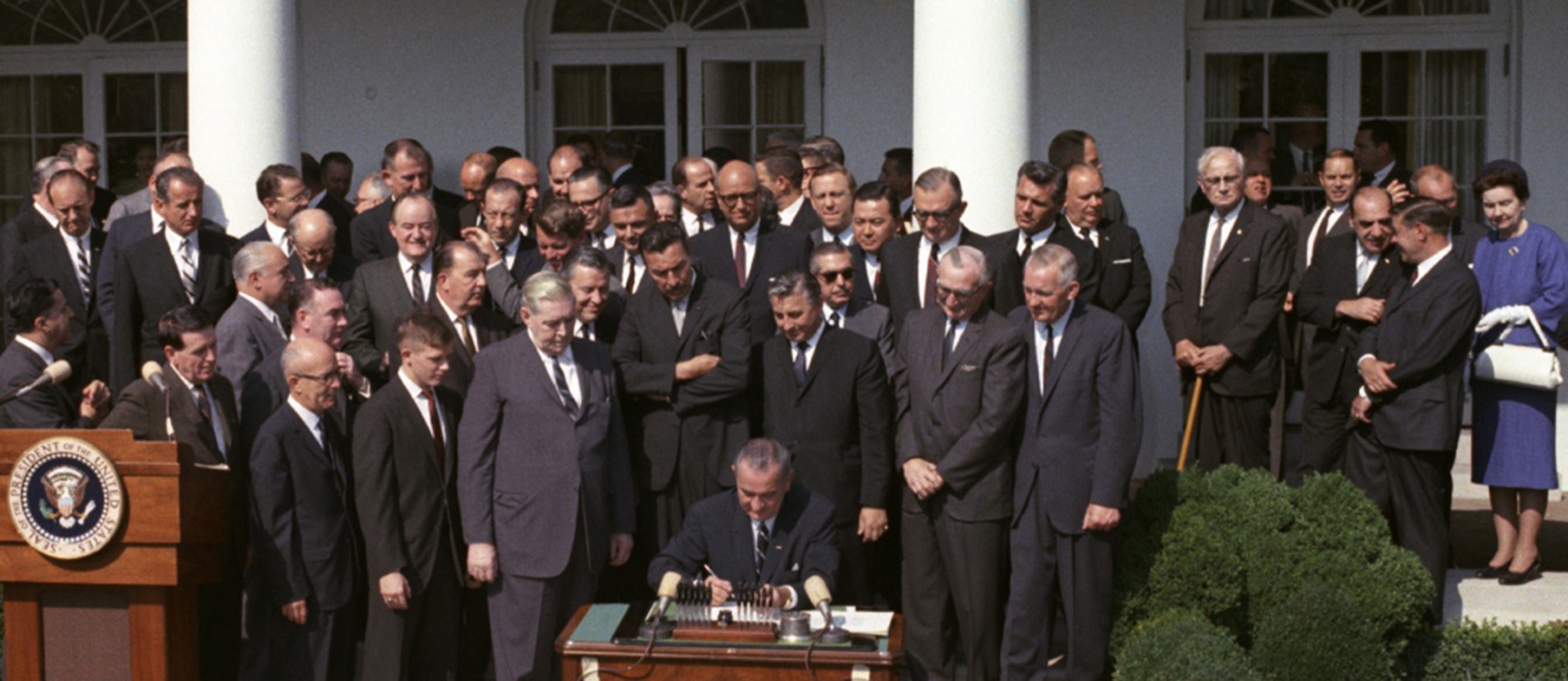


Historians may well treat the year 2024 as the most politically consequential year in the Middle East since 2003, or even 1979. Over the past 12 to 15 months, a series of major events, each of which would have been heralded as a major development on its own, have together flipped the strategic board, changing the political trajectory of the region. Last year, Israel decapitated much of the Hamas leadership and brought the group to its weakest level in decades; Israel also killed Hassan Nasrallah and crippled Hezbollah’s war-making capacity; Syrian rebels under HTS toppled Bashar al-Assad after a decade-long civil war; and Israel and Iran carried out open, direct attacks on each other. The obvious loser in this new strategic context is Iran. In the space of a single year, it went from being one of the most dominant players in the Middle East to one on its heels. Its Shia crescent has collapsed and major allies are either gone or crippled. Taken together with its unsteady domestic footing, Iran is at its most vulnerable in decades.
The weakening of Iran’s position is promising news. But this degradation will yield only a momentary reprieve if Iran continues unabated in its pursuit of nuclear weapons. Preventing a nuclear-armed Iran remains a top (if not the top) priority for promoting regional security. Because of 2024, there has never been a better time to achieve this end through diplomatic means. More specifically, there is a unique opportunity to negotiate a nuclear deal with Iran that both halts its progress toward nuclear armament and curtails Tehran’s ability to support militia forces across the region.
A Unique Opportunity
Over the past two decades, Iran’s Islamic Revolutionary Guard Corps has trained, funded, and supplied militia and proxy forces across the Middle East, notably in Iraq, Syria, and Yemen while strengthening its support for Lebanon’s Hezbollah and Gaza’s Hamas. This “Shia Crescent” or “Axis of Resistance” encircled the Middle East, creating a land route stretching from Iran to Lebanon’s coast and a sea route from the Persian Gulf, through the Strait of Hormuz and the Bab al-Mandab, reaching into the Red Sea and the Eastern Mediterranean. There is considerable debate among analysts concerning the precise nature of this network. Are these genuine proxies operating at the will of Tehran, or are they better understood as ideologically sympathetic clients over whom Iran holds varying degrees of influence? The answer depends on the group, but whatever its precise nature, this network has proven effective at advancing Iran’s interests: it helped keep Bashar al-Assad in power long past his due; it’s given Iran considerable influence over Baghdad’s weak government; Hamas in particular worked to prevent a two-state solution between Israel and Palestine; and from its threatening perch to the north, Hezbollah has made Israel cautious about attacking Iran directly.
All of this has changed in the past 12 months. Hezbollah and Hamas have lost most of their veteran leadership and revealed Iran’s weakness in the process. Hamas is estimated to have lost over half of its fighting force and must now try to reassert control over Gaza. Hezbollah agreed to a ceasefire which, if fully implemented, would neuter its position in Lebanon. With a younger generation of officers trying to rebuild both of these organizations, they will face a serious question: how much they should rely on Iran, which did little to quell Israel’s rapid advance into either Gaza or Lebanon? The fall of Assad, meanwhile, adds considerable logistical difficulties to Tehran’s plate; it no longer has an unimpeded land connection to Lebanon. It will be years before these groups regain their former strength, if ever they do.
Of all the regions in the world where we should hope to avoid seeing a nuclear arms race, the Middle East is at the top of that list.
These regional developments only compound Iran’s domestic difficulties. Though its economy has performed better than some expected after the reintroduction of sanctions under the first Trump administration, there are telling signs of strife. Inflation was above 30 percent throughout 2024 and the value of its currency dropped to an all-time low in November with the rial trading at above 700,000 rials to the dollar. Meanwhile, the country is confronting a major energy crisis. Its president, Masoud Pezeshkian, in a rare moment of public candor, admitted on live television that the country faces “very dire imbalances in gas, electricity, energy, water, money and environment.” As urban life virtually shut down in December, the president actually apologized to Iranians. Such conditions are ripe for unrest in a country where frustration with the regime erupts into mass protest every few years. It may have been a foreshadowing omen when, just weeks ago, two members of its Supreme Court were assassinated.
For all its difficulties, internationally and domestically, Tehran nonetheless maintains one important strategic leverage: international fear of its nuclear program.
Nuclear Deal 2.0
Since the American withdrawal from the Joint Comprehensive Plan of Action (JCPOA) in 2018, Iran has been steadily increasing its stockpile of enriched uranium, prudently keeping enrichment levels just shy of weapons grade. The process began reaching a threshold in 2024 when US Secretary of State Antony Blinken issued a harsh private rebuke of Iranian leaders in June after confirming that Iran was “weeks away” from producing enough material for a weapon—the actual construction of which could take another year. The Americans are not alone in worrying about enrichment levels; in November, the International Atomic Energy Association censured Iran for refusing to cooperate with inspectors.
Skeptical readers might roll their eyes at these developments, and for understandable reasons. News of Iran being “weeks away” from reaching weapons-grade levels of enrichment seems to make the news cycle every few months. It is also common knowledge (written plainly in American intelligence assessments) that Iran deliberately stokes fears of its nuclear program in order to exert leverage in negotiations for sanctions relief. Moreover, it is also known that the clerical establishment is itself weary of going nuclear out of fear that the IRGC could use the weapons to mount a coup should their rule cease to be sufficiently Islamic. But things are different today. Iran’s pronounced vulnerability is such that the nuclear option, whatever dangers it may invite, could be the only true defense left for the regime.
Tehran understands that its adversaries would be far less prone to taking military action against a nuclear power. Accordingly, nuclear weapons would provide cover for Iran, both to rebuild its proxy network and to pursue an even bolder foreign policy in the region (e.g., to take more aggressive action in the Strait of Hormuz).
If that prospect were not enough to make Western policymakers serious, there are other concerns associated with a nuclear Iran. Most pressing, Iranian development of a nuclear arsenal would spur other powers in the region, notably Saudi Arabia, to do the same. Of all the regions in the world where we should hope to avoid seeing a nuclear arms race, the Middle East is at the top of that list.
There is growing consensus that some action must be taken, but the push for renewed negotiations is often drowned out by a chorus of skepticism. Opponents of renewed diplomacy have good reasons to doubt the efficacy of crafting a new deal. The JCPOA, after all, did nothing to quell Iran’s regional agenda and would only have been in effect for ten years (sunsetting in 2025, incidentally). Moreover, Iran is a notoriously dishonest partner, one whom we could reasonably expect to take every covert action available to elide negotiated barriers like international monitoring. These are precisely the concerns of Arab states in the region who deepened their relations with China after the JCPOA. The problem, however, is that the alternatives to a deal are riskier than another attempt at negotiations.
There are two major alternatives to diplomatic engagement that aim at stopping Iran’s nuclear program. The first is to rely on military and covert measures to routinely hamper its nuclear program. Israel’s actions on this front have been at least modestly effective. But this is a game of cat-and-mouse where the mouse will eventually escape. Iran, for example, is placing its facilities in bunkers that are deeper and deeper below the earth, and therefore more and more difficult to target, let alone confidently destroy. Moreover, regular attacks will only incite more anxiety in an infamously paranoid regime, thereby empowering the hardest voices in the country.
The second alternative is a holistic strategy in which the first option is one tactic among many to foster regime change. In this approach, targeted strikes work in tandem with economic sanctions and covert support for domestic opposition to force the mullahs to abdicate and open the way to, one hopes, a democratic future. According to this outlook, the regime’s leaders are so corrupt and so ideologically enthralled that the only way to manage them is to lay the foundation for their removal.
An attempt at regime change is more apt to produce civil war with no promise whatsoever of producing a peaceful, let alone democratic, victor.
Ignoring the poor track record of regime change in the Middle East, this approach misunderstands the structural factors at play in Iran. Bottom-up regime change requires more than popular disavowal of the reigning authorities; it also requires buy-in from the materially powerful factions in the country in question, typically the armed forces. But there are checks against this prospect built into the Iranian regime. The founder of the Islamic Republic, Ayatollah Khomeini, was a student of revolutions who understood that his own revolution succeeded against Shah Pahlavi precisely because the armed forces laid down their weapons at the critical moment. It is no accident that Iran has had two armed forces since its founding, the regular military (Artesh) and the IRGC (Sepah). This latter is not just tasked with spreading the revolution. Its formal charge is to defend the regime against both foreign and domestic threats. In practice, it is an ideological counterweight to the regular armed forces specifically designed to prevent any seditious behavior akin to the army’s disloyalty to the Shah in 1979. Its officers are rigorously screened for loyalty to the regime and undergo intensive ideological instruction. In this context, an attempt at regime change is more apt to produce civil war with no promise whatsoever of producing a peaceful, let alone democratic, victor.
Instead of trying to blow up the Iranian nuclear program in perpetuity or quixotically pursue regime change, the Western world should try to engage Iran once more to arrive at a deal that limits and reduces the country’s stockpile of enriched uranium. Precisely because of its deleterious year, the country’s ruling elite is desperate. What is more, the leverage held by countries like the United States is larger now than it was in 2015 when the countries signed the JCPOA. Ten years ago, the inflation rate in Iran was eleven percent, a third of what it is today (and has been since 2019). Taken with the failure of its regional strategy in recent months, Iran may be just desperate enough to negotiate a deal that places harsher restrictions on its ability to fund proxies and sow chaos in the region. To this point, before Assad’s fall and shortly after Hezbollah’s virtual surrender, Iran’s Vice President for Strategic Affairs, Mohammad Javad Zarif, wrote in the pages of Foreign Affairs that President Pezeshkian is “ready for equal-footed negotiations regarding the nuclear deal.” If the country’s leaders were ready before the loss of Syria, they are pining for it now.
Moreover, an accord with the Iranians need not isolate our Arab friends in the region, like Saudi Arabia and the UAE, who expressed valid frustrations with the JCPOA. Their concerns (chiefly with Iranian meddling in the region) can be addressed under a new, indefinite accord that limits support of terrorism—absent such limits there would be no use in pursuing the deal in the first place. There is sure to be hand-wringing and feigned astonishment. But we should remember that the Arab states have been happy to work with China despite the latter’s subsidization of the Iranian economy. In other words, fears that we will be alienating our allies in the region are exaggerated.
Such a deal will be tricky to negotiate and would require clear safeguards not only against uranium enrichment, but also against renewed support for groups like Hamas and Hezbollah. Policymakers will further have to devise clear tripwires for determining whether Iran will continue funding proxies after the deal. There is plenty of opportunity for failure. But skeptics should remember that diplomacy can and has worked in the past. For all the JCPOA’s shortcomings, in 2016, Iran’s stockpile of enriched uranium plummeted. It is perfectly possible to see such a decline again.

